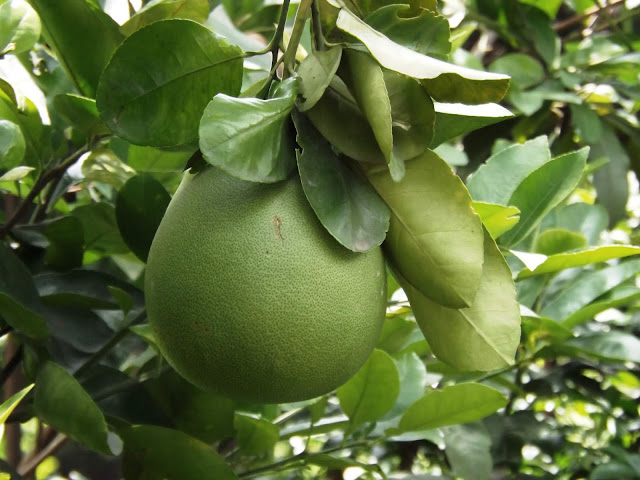Bon-chalita or Kukurjihba, Leea alata

Bon-chalita or Kukurjihba ( Leea alata , family: Vitaceae) a perennial hard shrub having quadrangular branches with margins and minute dots, attaining a height of 1-3 m. The nodes of young shoots are reddish and articled and have stipules. It is found in the Sal forests and hilly areas of Bangladesh. Leaves are pinnately compound, leaflet 3-7, usually 5, deeply veined and serrated roughly, green, elliptical, 30-35 cm long and 6-8 cm wide, opposite, sessile. The leaves are very similar to the leaves of Chalta. That's why in Bangla the plant is called Chalta. Inflorescence pubescence, large, 5-17 cm, bears huge number of small and vivid red flowers, petals 5. Flowering occurs in rainy season. Fruit is a berry; globose, slightly depressed, having lobes; numerous. Ripe fruits are blackish. Propagation of the plant is caused by cuttings or rootstocks. The plant is used as medicine for worm, skin and ear diseases. Due to its attractive red flowe





